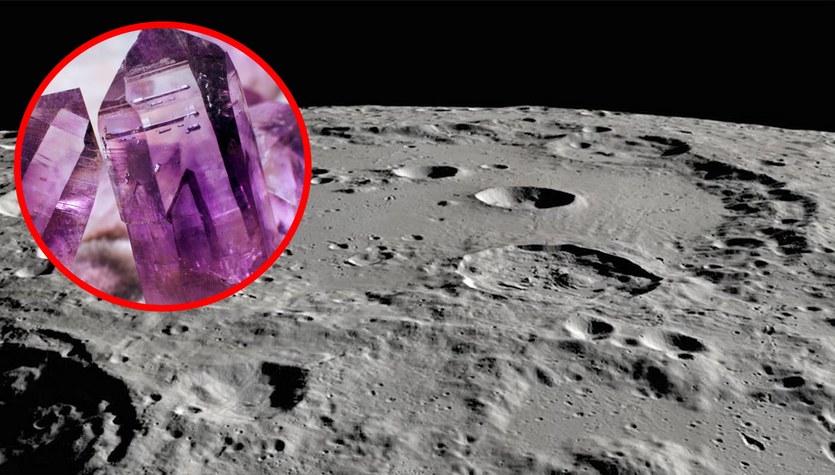Mr. One of Batman’s most famous enemies is Freeze, who used a special beam to “freeze” people. Scientists from the University of Virginia (UVA) came up with an idea on how to turn comic book technology into reality. The invention, which is still far from implementation, has caught the attention of the US military, which sees a number of potential applications for it.
Read also: Ytterbium is an exotic metal. And when we’re exposed to gamma rays, it gets even weirder
New article published in ACS Nano It describes in detail how helium-based plasma first cools the surface by blasting a very thin layer of carbon and water molecules.
Freeze Beam is just a matter of time
When we say plasma, we usually mean extremely high temperatures. After all, this “electron soup,” often called the fourth state of matter, is the fuel of stars and (hopefully) the power source for future fusion reactors. But researchers at the University of Virginia decided to use plasma to create surface cooling for the electronics found in spacecraft and high-altitude jet aircraft.
Read also: Two-dimensional Cherenkov radiation. Not only was there a note, there was also a record breaking
Professor Patrick Hopkins of UVA says:
This is the main problem of electronics in aircraft and spacecraft. It’s heating up, but there’s no way to cool it down, because every extra kilo on board is worth gold.
The US Air Force was so impressed by the prospect of freezing rays that it awarded the ExSiTE laboratory $750,000. dollars for a study that will improve the technology over three years.
On the surface of the Earth or at low altitudes, electronics are often inherently cooled; for example, the US Navy uses ocean water as part of its liquid cooling systems, and at low altitudes the air is dense enough to provide adequate cooling for aircraft components. But the higher it is, the more difficult it is to properly protect the electronics.

The plasma can reach temperatures reaching the surface of the sun. But it also has a strange feature that seems to violate the second law of thermodynamics. When the plasma hits the surface, it actually cools before it heats up. Professor Hopkins’ team fired a pulse of purple plasma through a needle covered with a ceramic insulator, which then struck a gold plate.
Professor Patrick Hopkins adds:
My specialty is making very fast, small temperature measurements, so when we turned on the plasma, we could immediately measure the temperature at the point of impact, and then we could see how the surface changed. At first we noticed how the surface cools down, then heats up.
Scientists used microscopes and so-called optical thermometry with temporal resolution to measure so-called thermal reflectivities, that is, reflections of light based on the temperature on the surface. The Hopkins team found that the initial drop in temperature was caused by the explosion of a very thin layer of carbon and water molecules on the surface of the plate.
Read also: Lasers can melt steel, but this mirror represents an insurmountable barrier for them
This plasma cooling takes only a few microseconds, but one day this technology could be used to quickly cool electronics. However, before creating a real “frozen beam”, it is necessary to overcome many obstacles and choose the best materials for the cooling effect.

Echo Richards embodies a personality that is a delightful contradiction: a humble musicaholic who never brags about her expansive knowledge of both classic and contemporary tunes. Infuriatingly modest, one would never know from a mere conversation how deeply entrenched she is in the world of music. This passion seamlessly translates into her problem-solving skills, with Echo often drawing inspiration from melodies and rhythms. A voracious reader, she dives deep into literature, using stories to influence her own hardcore writing. Her spirited advocacy for alcohol isn’t about mere indulgence, but about celebrating life’s poignant moments.








